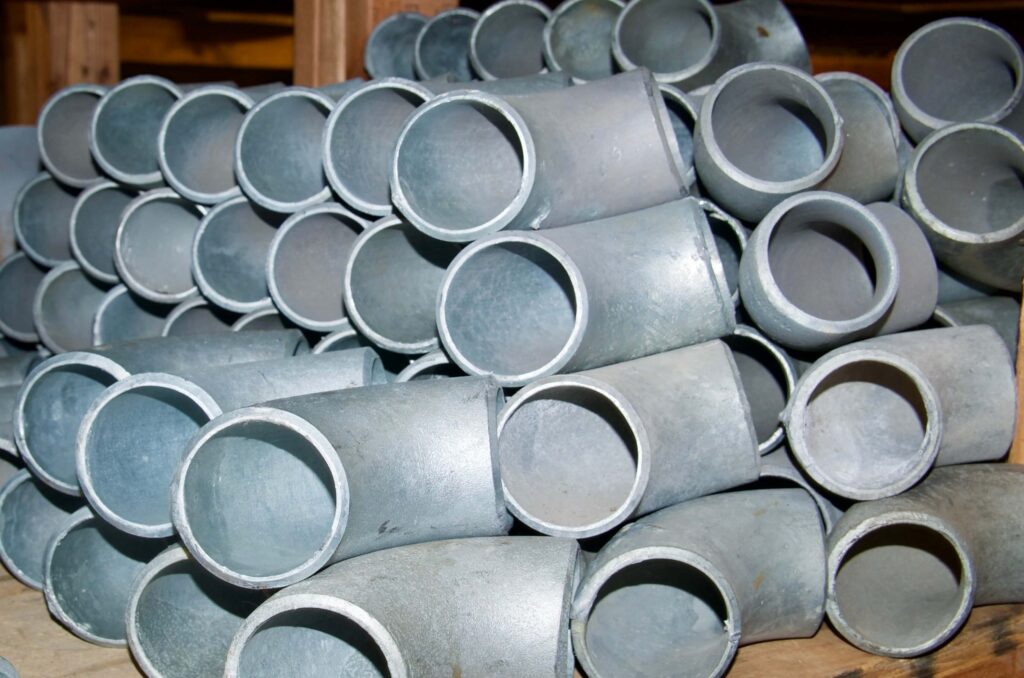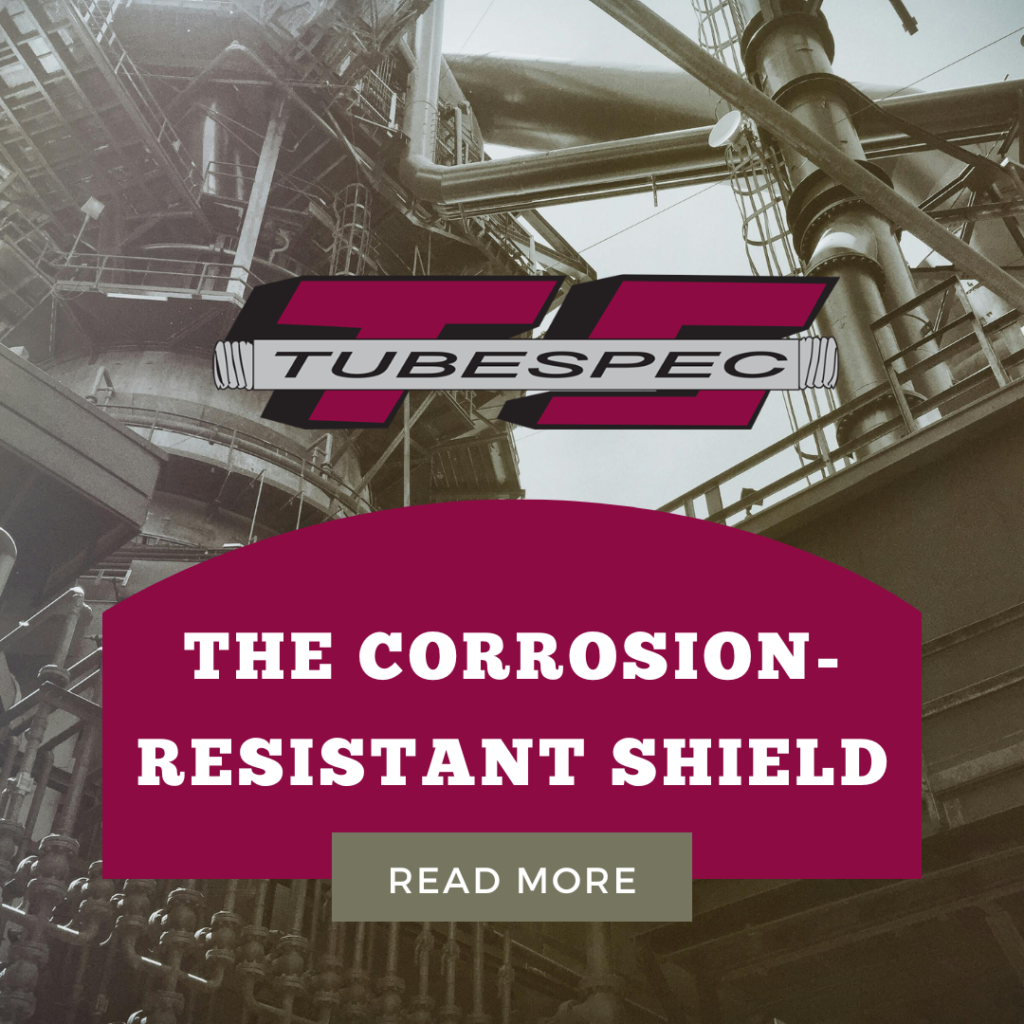Hot-dip galvanizing and cold galvanized the difference:
1. Galvanizing, also known as hot-dip galvanized, is the ingot melted at high temperatures, a number of supplementary materials in place, then dipped galvanized metal structure slot, the metal component on a layer of zinc coating. The advantages of hot-dip galvanizing corrosion of the ability, adhesion, and hardness of zinc coating is better
“Cold plated” or “plating”, ie the zinc salt solution by electrolysis, to the plating on the coating, generally does not have heating, a small amount of zinc, and the wet environment is very easy to fall off.
2. Hot dip galvanized (galvanizing)
Hot-dip galvanizing is a chemical treatment and is an electrochemical reaction.
Cold galvanizing is the physical address, just brush the surface layer of zinc, and the zinc layer easily falls off. Construction in the use of hot dip galvanizing.
Continuous hot dip galvanizing process: steel → heating → cooling to the temperature galvanized → cooling →
Cold galvanized zinc is only 10-50g/m2, it’s own corrosion resistance than hot dip galvanized a lot of difference. Galvanized at a relatively cheaper price.
Hot dip galvanized steel body is hot dip galvanized surface under the condition of its adhesion strong, and not easy to fall off, although there hot dip galvanized pipe corrosion phenomenon, in a very long period to meet technical, and health requirements.
3. Technological differences
First of all, is a difference between processes: hot-dip galvanizing is the workpiece degreasing, pickling, dipping, and drying liquid immersion in molten zinc certain period of time, which can be raised.
Also known as electro-galvanized cold galvanizing, is to use electrolysis devices workpiece through the degreasing, pickling ingredients post into the zinc salt solution, and connecting the anode electrolysis equipment; in place across parts of zinc plate connected to the electrolysis equipment positive, power on, use of current from the cathode to the anode of the directional movement of the workpiece will be deposited in a layer of zinc.
Zinc finished the difference: no cold galvanized hot-dip galvanizing delicate bright appearance, but the thickness of zinc coating of cold galvanizing aspects of hot-dip galvanizing is a few times. Galvanized corrosion resistance is also several times.
4. Environmental issues
Fewer emissions of some hot-dip galvanizing.
Galvanized pollutants are mainly artifacts of waste acid pickling.
Cold galvanized pollutants include parts of the waste acid pickling, electroplating waste, and liquid waste such as passivation.
Cold galvanized the type and quantity of pollutants discharged are much more than hot dip galvanizing.
Hot-dip zinc standards: GB/T13912-92
Hot-dip galvanizing: hot dip galvanizing process is generally completed after Hemming when the load is not less than 5mm thick flat steel, the galvanized zinc coating after the average weight of not less than 610 grams / square meter; when the load flat steel thickness less than 5mm, the galvanized zinc coating after the average weight of not less than 460 grams / square meter, and after galvanizing quality requirements should be consistent with the provisions GB/T13912


